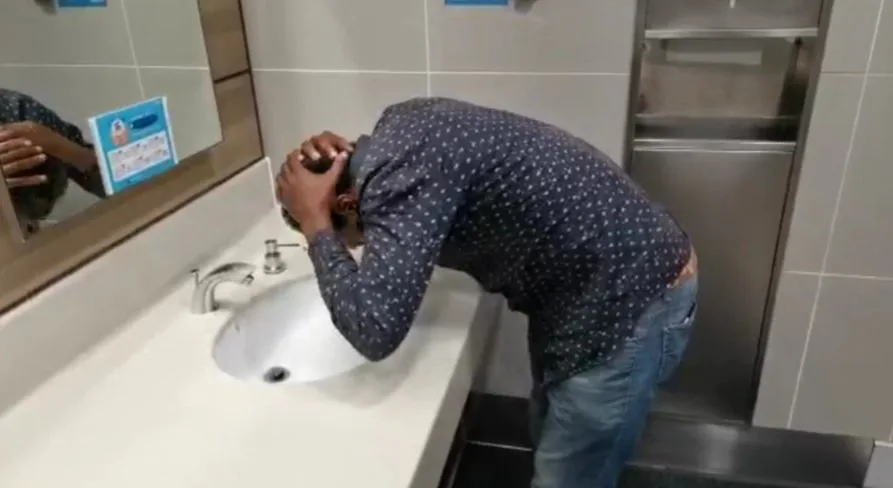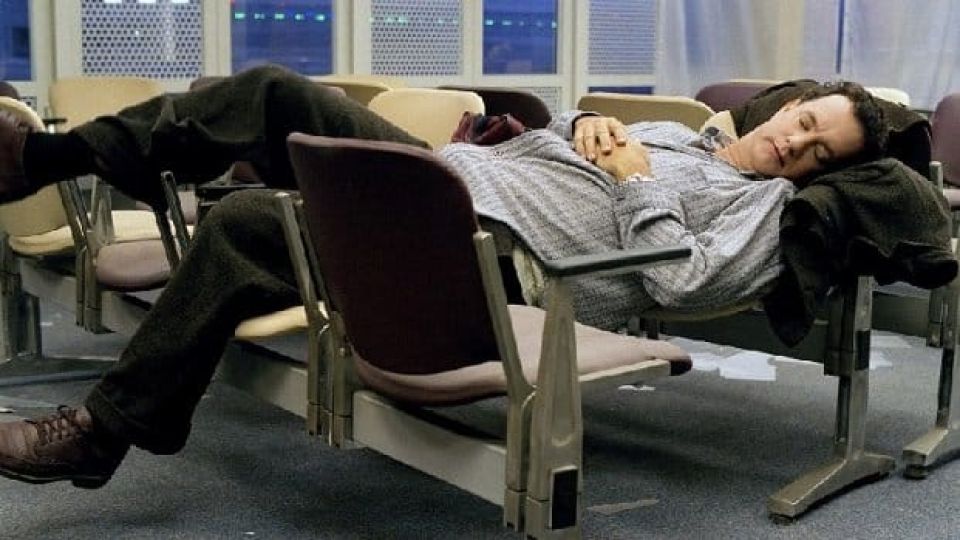May 16, 2023
SEOUL – In February 2020, an African man landed at Incheon Airport in South Korea, seeking asylum. He had fled his homeland, where a civil war had killed many of his family members and relatives.
The South Korean immigration office, however, refused to accept his application for refugee status, on the grounds that he was a transfer passenger. His eligibility as a refugee was not even reviewed.
For months that followed, the man lived in the transit zone. He slept on chairs near the terminal gates, ate from vending machines, and washed in the men’s room.
While virtually locked up, he took the matter to the Incheon District Court, with the help of pro bono lawyers and civic groups. A court order was issued allowing him to reside temporarily in Korea while his refugee application was being processed in June that year. That decision was upheld by an appeals court in April that year.
With the court order, he was finally able to set foot in South Korea, outside the airport transit zone, and start his real fight – to find asylum here.
The Seoul High Court, in its ruling in favor of the man, has said, “While living in the airport, the asylum seeker was denied access to basic living conditions necessary to maintain human dignity, such as privacy, access to food and water and medical services.”
Now, the man is seeking compensation in a lawsuit against the Korean government for his “virtual detention” in the transit zone.
Refugees living in the airport
According to Duroo, the public interest law group who represented the man, there are at least five other individuals currently living at the airport now, after having been denied any chance to apply for asylum.
“Once an asylum seeker’s application for refugee status is rejected (upon arrival at the airport), they cannot resubmit it to the local immigration office,” said Lee Han-jae, an attorney at Duroo.
“The only way for them to challenge the rejection is through litigation. Then for the months or years it takes for the trial to proceed, they are stranded at the airport, where their basic needs — such as food and medical services — are denied.”

This photo shows an African asylum seeker who lived inside Incheon Airport for more than a year 2020-2021 walking in the transit zone with officials from Duroo, a group of public interest lawyers in South Korea. (Duroo)
Under local law, asylum seekers who arrive in Korea are subject to a preliminary screening at the airport. This screening includes an interview and background check. Depending on the results of the screening, asylum seekers may be granted a six-month temporary residence permit to proceed with the official refugee application process. Otherwise, they will be deported from Korea back to their home country.
The main reasons for an application for asylum to be rejected upon arrival, according to the Justice Ministry, are: the risk of disrupting Korea’s public safety and order, unverified individual identity, false documentation or plans to gain economic benefits in Korea.
Duroo’s Lee took issue with the transparency of Korean immigration authorities’ criteria for filtering out ineligible refugee applicants.
Those who seem to have sufficient reasons are often denied the chance to access the refugee application process here while the authorities refuse to disclose the exact reasons behind their rejections, he said.
“Unless there are special circumstances, potential asylum seekers should be given the opportunity to appeal their case,” Lee said.
Some 57.6 percent of a total 1,683 asylum applications filed upon arrival between 2013 and 2021 were rejected in this preliminary screening round, data from the Refugee Rights Center shows.
Some, though not many, chose to stay at the airport, and, aided by refugee support groups here, fight on.
A group of five Ethiopians lived in Incheon Airport for about three months after their refugee applications failed to pass the preliminary review upon arrival. Through a trial, they were able to leave the airport later that year and resubmitted their asylum applications.
Three Russian men who flew to Korea in October last year to avoid military conscription back home gained “conditional permission” to enter Korea from the court after months of living in the airport. The measure obligated them to stay in facilities designated by the government while their applications are under review by the authorities.
Despite the court siding with asylum seekers whose applications were rejected during the preliminary screening in several cases, the Justice Ministry sticks firmly to its principles.
“Asylum seekers whose refugee applications were denied by the immigration authorities should either return to their home country or depart to a third country. If one chooses not to do so, they may stay in the airport’s departures lounge,” the ministry said in a written response to an inquiry.
Located within the departures area on the airport’s second floor, the lounge is deemed a security zone that is only connected to the transit zone inside the airport.
“Refugee applications should be reviewed not only from a humanitarian standpoint but also with the purpose of ensuring border security and management,” it said.

An African asylum seeker washes his hair in a bathroom in Incheon Airport. ( Duroo)
Airports as temporary shelters
Asylum seekers are not the only ones who make the airport their home — voluntarily or involuntarily.
During the COVID-19 pandemic, unexpected changes to immigration policies stranded some passengers at the airport.
In 2020, a Vietnamese American man from Los Angeles, who planned to fly to Vietnam via Korea, took up residence in Incheon Airport’s Terminal 1 after the Vietnamese government closed its border.
While waiting for the lifting of the entry restrictions, he lived in the airport for four months, becoming visibly weak. The airport’s management took him to a nearby hospital out of humanitarian concerns. After recovering, the passenger eventually returned to LA.
In general, the airport is a popular shelter for homeless people, particularly in summer and winter, for its bathroom facilities, multiple seating areas and free Wi-Fi and electricity, an airport official explained on the condition of anonymity. However, these airport residents can’t get past immigration to the departures or transit areas.
“As for asylum seekers who voluntarily choose to stay in the airport, we don’t really intervene in them living here, but we get help from the police and other authorities when the need arises, as in cases of health emergencies or violence.”
In the US, asylum seekers taking shelter in an airport after their refugee applications upon arrival have been rejected, are first taken to detention centers run by immigration authorities and evaluated for the process of expedited removal.
But if an asylum seeker demonstrates credible fear of persecution or torture in their home country, they may be permitted to go through a regular immigration hearing before a judge. If they show credible fear, they may be paroled while they await the decision.
The process can take months, and sometimes years, according to Human Rights First, an international human rights organization based in New York.


